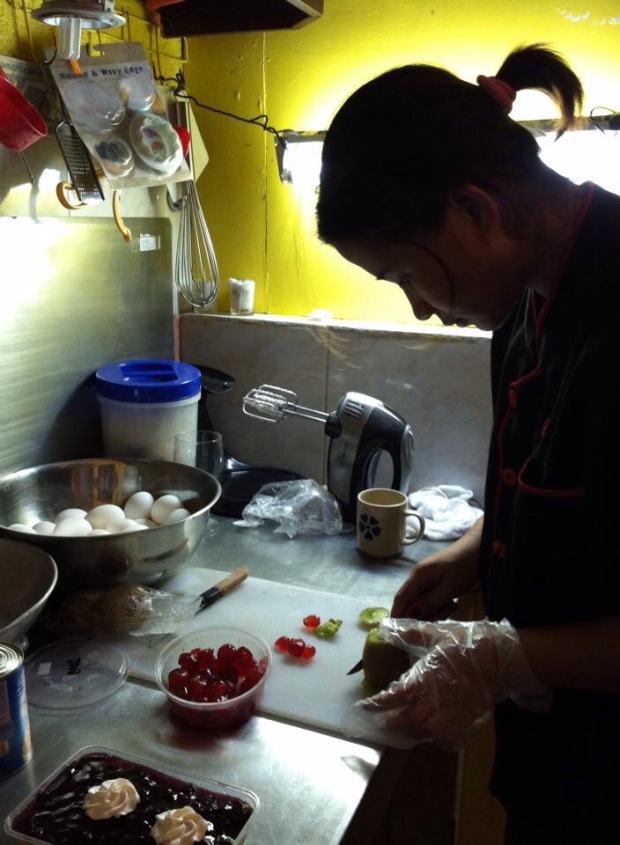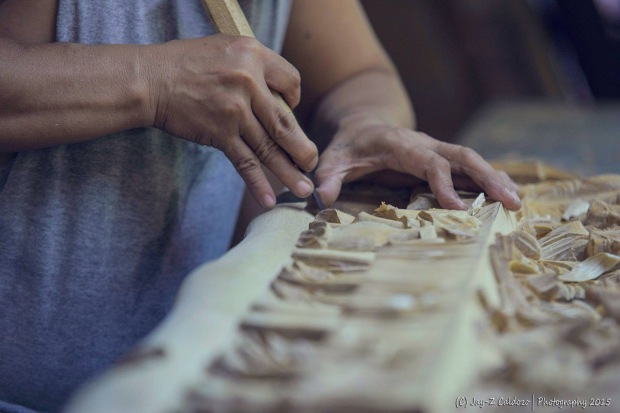Another dimension of business and considered a basic function is “production” and usually included in the discussions on business operations. Let us look into these concepts. In a broad sense, operations may refer to all of the activities of the business. In a narrow sense, it could refer to specific operations like the production of goods or marketing operation.

An emerging business may not have “production”, specifically if it is engaged in marketing only of goods that another business produces. Nonetheless, marketing as a business has its own set of operations but they will not be covered here. The focus for now is manufacturing operations.
Production demand
BRD, the Consultant who reads Management says, “production has to be guided by demand”. There is much grain of salt in these words. Oversupply of goods has its potential disadvantages and setbacks could even be fatal to a newly emerging business. The circumstances surrounding the potential for the disposal of the goods have to be studied carefully. Oversupply in a food business makes losses that may not be compensated in the end. Food perish, and even if refrigerated, can not be stored too long.

Non-perishable goods have its setbacks, too. Storage has its cost and long storage has bigger cost and could only mean loss for the business. Nonetheless, being short of supply has its consequences too. If there is not enough food, then hungry people are very likely to just go to another food store instead of waiting. Short in supply is a chance, in fact, for new entrants to get into the business. It is ideal to have an exact production of goods against the demand, but this is rarely the case.
Production quality
Another thing that should guide manufacturing other than the demand is the quality. This parameter may also add the C-NEWS, that is, customer need, expectations, wants and specifications, which I talked about in my discussion about Marketing. Some businesses may not need to be much concerned about this, but other businesses, really need to look seriously into this. Micro-scale ventures and other basic businesses do not look so much at customer needs, expectations, wants and specifications (C-NEWS), but a closer examination would reveal that a certain degree of meeting these C-NEWS account for good and sustainable business and this happens in the production stage. When people buy goods like fish, meat, fruits and vegetables, they are buying these out of their need, but they also expect something specifics from these items. All of these are expected to be fresh at the very least. More so, people also want them in particular ways. In groceries, these goods in clean packaging or iced containers sell very well. And there are also specifications. Fish can be specifically a big Bangus (milkfish) for roasting, cow meat and not pork or the latter’s loin but not the very fatty one, and the “buco” meat should be the one for salad. Failing to satisfy these seemingly trivial information could mean an eventual shut down simply because customer needs, expectations, wants and specifications are not known or were ignored.
Production time
Furthermore, production time has to be given attention. There was in fact a labor theory of value, which says that the length it requires to produce a good is its value. If a pair of shoes, for example, takes half a day to produce while two shirts can be produced in half day, then the value of a pair of shoes is two shirts. This is no longer the case. In the name of efficiency and with technology and systems in place, goods are now mass produced. Labor is no longer the basis for determining the value of a good.
The point though is that production must meet demand and other important considerations. Good production is efficient and according to the demand and necessity.
